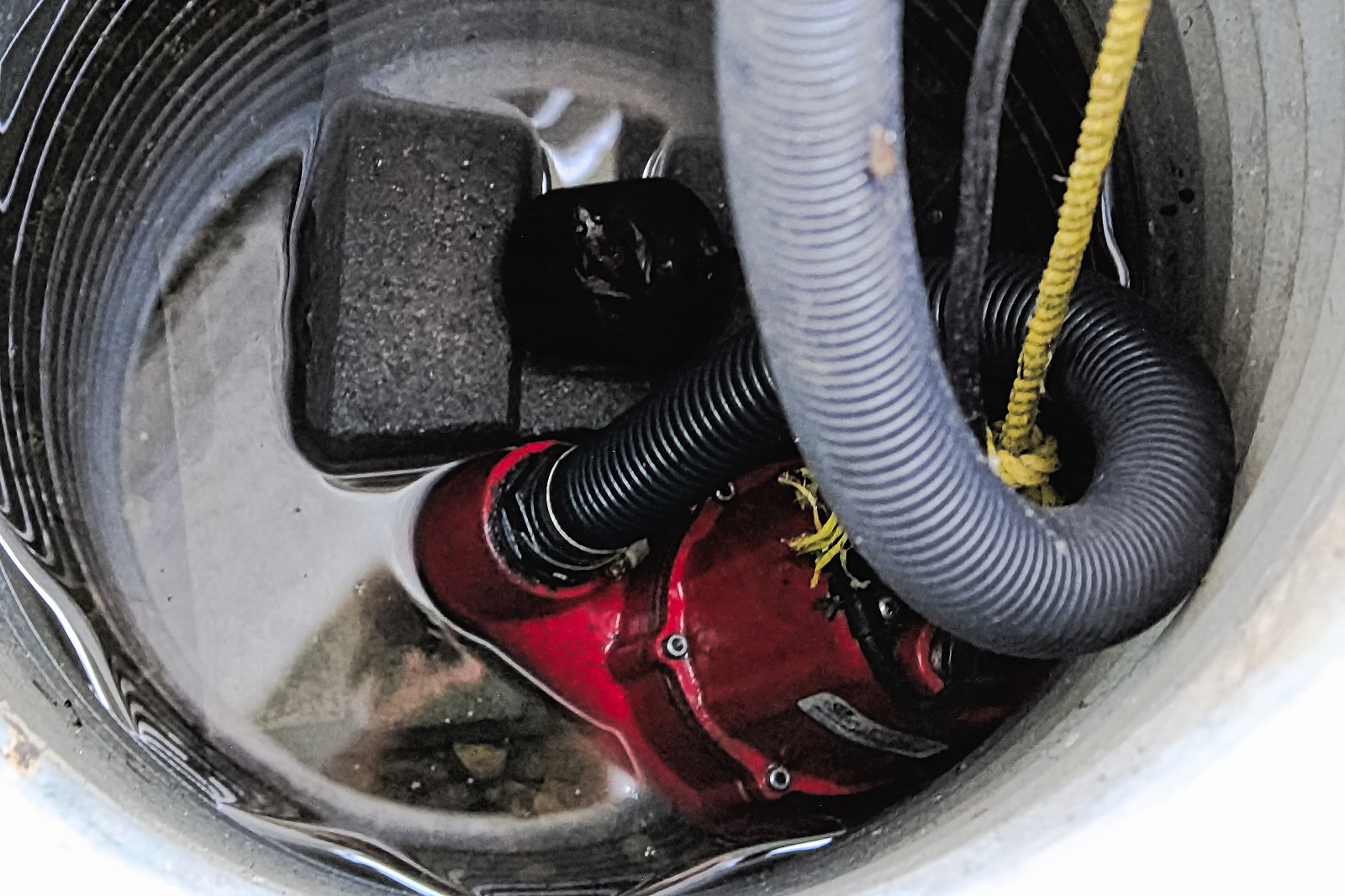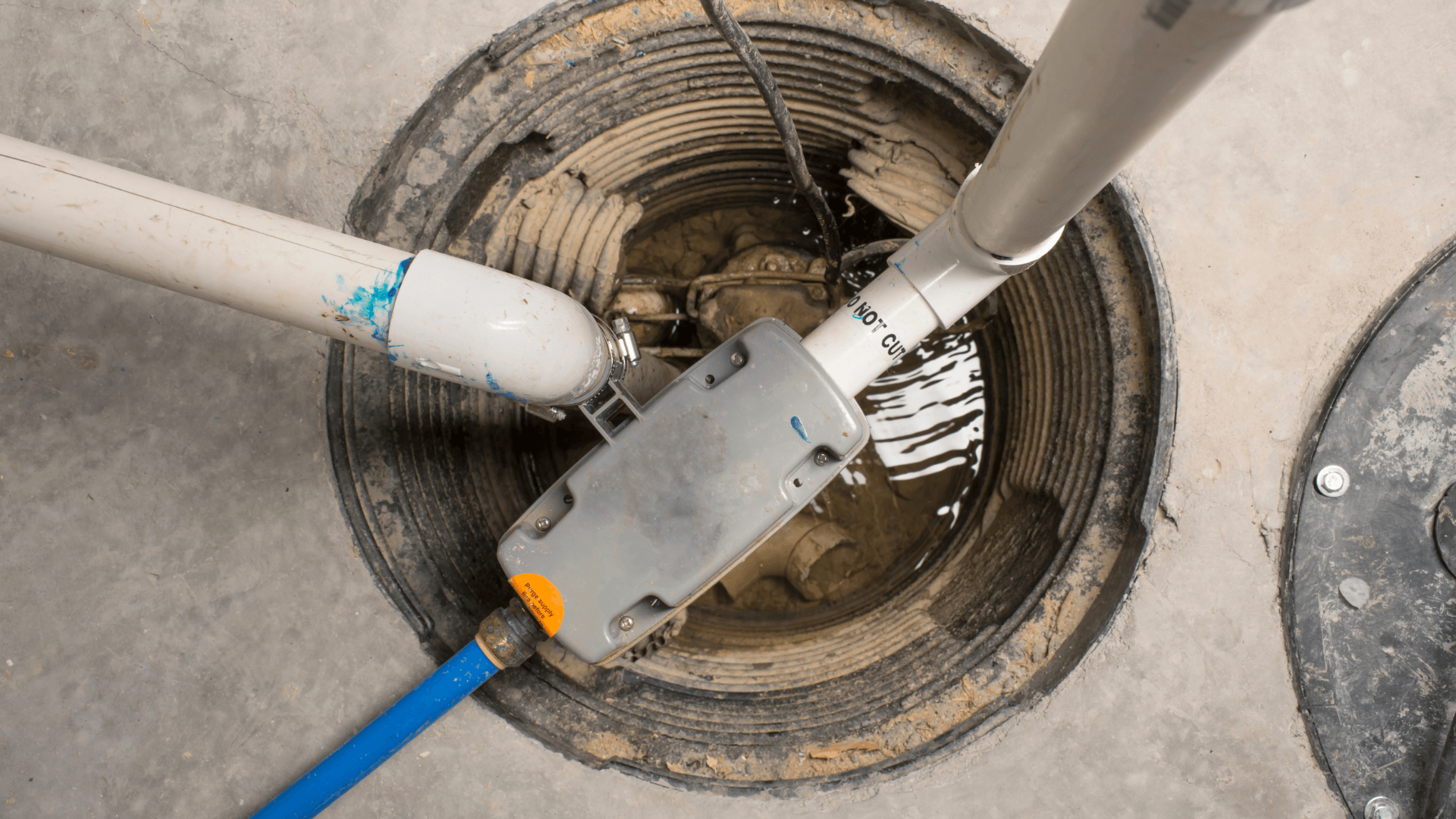What're your thoughts on Keep Your Sump Pump Clean, It'll Keep You Dry?

Sump pumps are essential components in lots of homes, specifically in locations vulnerable to flooding or extreme dampness. They aid avoid water damage by effectively eliminating excess water from cellars or crawl spaces. Nevertheless, like any other home appliance, sump pumps call for routine maintenance to ensure they operate properly when needed one of the most. Cleansing your sump pump is an essential part of its maintenance, and comprehending how to do it properly can conserve you from costly repairs and prospective disasters.
Intro
Maintaining a tidy sump pump is vital for its correct functioning and long life. Neglecting this essential task can bring about clogs, breakdowns, and inevitably, water damage to your property. For that reason, finding out just how to clean a sump pump is crucial for house owners that count on these gadgets to maintain their basements dry and secured.
Understanding the Sump Pump
Before diving into the cleaning process, it's necessary to have a fundamental understanding of just how a sump pump works. Generally installed in a pit or basin listed below the basement floor, a sump pump consists of several crucial elements, consisting of a pump, a float button, and a discharge pipe. When water collects in the pit, the float switch turns on the pump, which then pumps the water out via the discharge pipeline, far from the structure's structure.
Indications of a Dirty Sump Pump
Recognizing when your sump pump needs cleaning is crucial for avoiding possible breakdowns. Some common indicators that suggest an unclean sump pump include unusual noises throughout operation, reduced water flow, and noticeable particles in the pit. If you discover any one of these signs and symptoms, it's important to cleanse your sump pump promptly to prevent any type of more issues.
Preparing for Cleaning
Before you begin cleansing your sump pump, it's important to take some safety and security precautions. Beginning by turning off the power to the pump to avoid any kind of electric accidents. Furthermore, wear proper safety gear, such as gloves and safety glasses, to safeguard yourself from dust, particles, and prospective pathogens.
Step-by-step Overview to Cleaning a Sump Pump
Shutting Off the Power
Begin by separating the power supply to the sump pump to stop any accidents while cleansing.
Removing Debris and Dust
Utilize a bucket or a scoop to get rid of any type of noticeable particles, dirt, or sediment from the sump pit. Dispose of the debris appropriately to avoid it from clogging the pump or the discharge pipeline.
Cleansing the Pump and Drift Switch
Once the pit is free from debris, meticulously get rid of the pump from the pit. Examine the pump and the float switch for any type of signs of damage or wear. Use a soft brush or towel to clean the surfaces and get rid of any type of gathered crud.
Flushing the System
After cleansing the pump and float button, flush the sump pit with clean water to get rid of any kind of continuing to be dust or sediment. This will help guarantee that the pump operates smoothly and successfully.
Checking for Appropriate Performance
Before reinstalling the pump, do a fast test to guarantee that the float button turns on the pump appropriately. Pour some water into the sump pit and observe the pump's operation. If whatever is operating properly, you can rebuild the pump and reconnect the power supply.
Maintenance Tips to Keep Your Sump Pump Clean
Along with periodic cleaning, there are a number of maintenance suggestions you can comply with to keep your sump pump in optimum condition:
Conclusion
Cleansing your sump pump is an essential aspect of its maintenance and guarantees that it operates effectively when you require it the most. By complying with the steps outlined in this guide and including regular upkeep right into your routine, you can expand the lifespan of your sump pump and secure your home from water damages.
How To Inspect And Clean A Sump Pump
There are a few things you may want to look for when inspecting your sump pump. These include:
Leaks: If you notice any leaks around the sump pump, it likely needs to be repaired or replaced. Mud or Water: If there is any mud or water around the sump pump, it’s likely that it’s not working properly and needs to be cleaned. Noises: If you hear any strange noises coming from the sump pump, it may be indicative of a problem. Next, you’ll need to clean the sump pump. If you notice any of these issues, it’s best to clean the sump pump as soon as possible. To do this, you’ll need to remove the pump from its housing. Be sure to have a bucket handy to catch any water that may spill out. Once the pump is removed, use a brush or a spray nozzle to clean off all of the mud and debris. You may also want to check the impeller for damage or wear and tear. If you find any damage, you’ll need to replace the pump.
Once the pump is clean, reattach it to its housing and replace any parts that were removed. Be sure to test the pump before putting everything back in place. Once everything is back in order, put the cover back on the sump pit and refill it with water.
https://elekplumbing.com/blog/how-to-inspect-and-clean-a-sump-pump/

I was made aware of that write-up about from a good friend on another web blog. Enjoyed our review? Please quickly share it. Help other people find it. Thanks for going through it.
Book Appointment